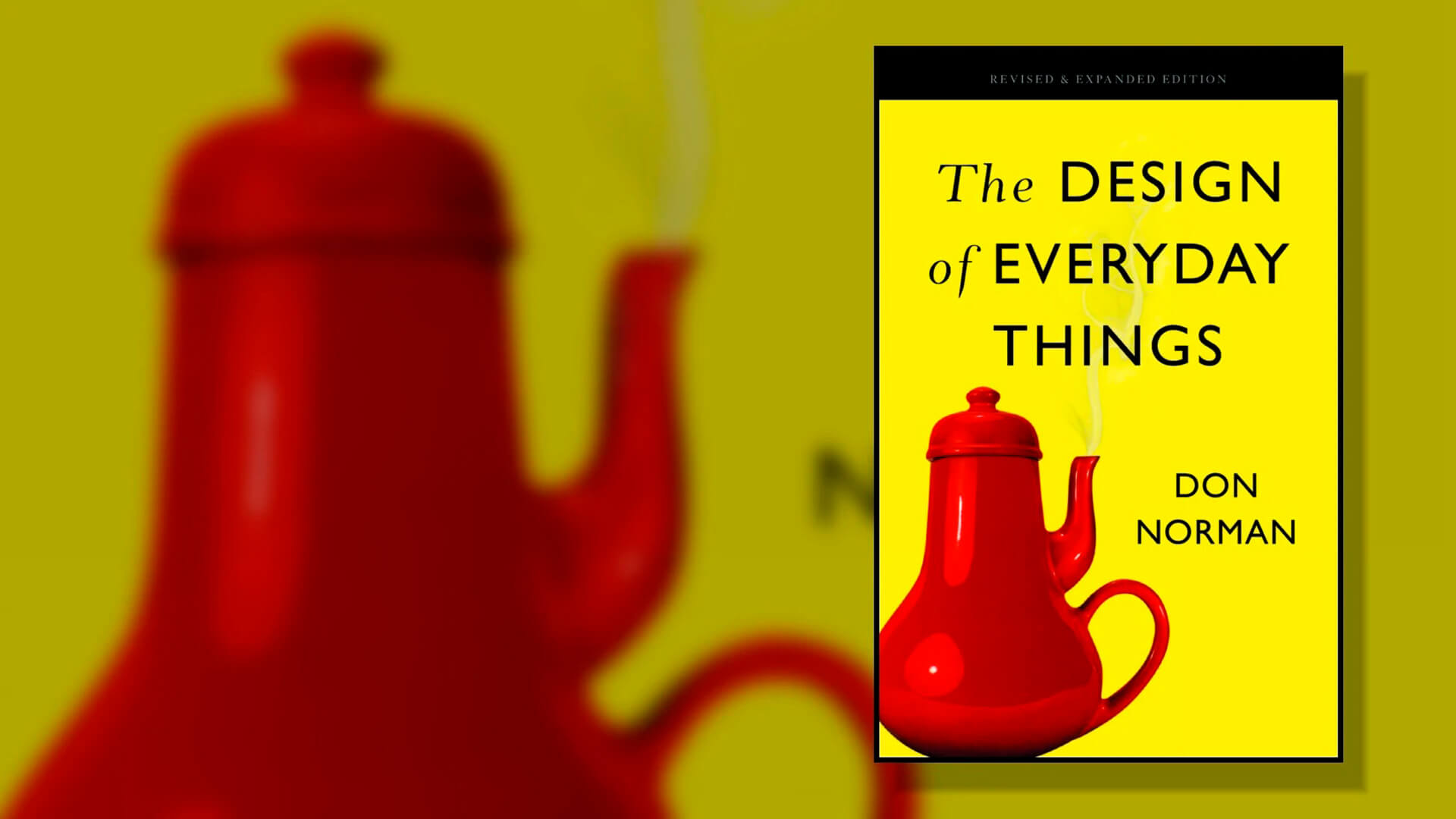
Lavalite: A Laravel CMS
April 18, 2023
Mastering Web Design: Tips, Trends, and Techniques
May 22, 2023
"The Design of Everyday Things" by Don Norman is a must-read book for anyone who is interested in design, engineering, or just understanding why we interact with the world around us in the way that we do. The book explores the principles of design and how they can be applied to everyday objects, systems, and interfaces, in order to create products that are intuitive, usable, and enjoyable.
Norman begins by discussing the concept of affordances, which are the perceived or actual properties of an object or system that determine how it can be used. For example, a doorknob affords twisting or pushing, while a flat plate affords pushing. He argues that good design should make these affordances clear and obvious, so that users can understand how to use a product without having to think about it.
Another important principle discussed in the book is the concept of feedback. Feedback is the information that a user receives after interacting with a product, and it can be either positive or negative. For example, a car horn provides feedback to the driver that they have activated it, while a confusing error message provides negative feedback. Norman argues that good design should provide clear and useful feedback, in order to help users understand how to interact with a product effectively.
The book also explores the concept of mental models, which are the mental representations that people use to understand how a product or system works. Norman argues that good design should be based on the user's mental model, rather than the designer's, in order to create products that are intuitive and easy to use. He gives examples of products that fail to take the user's mental model into account, such as VCRs with confusing and poorly labeled buttons.
One of the most important takeaways from "The Design of Everyday Things" is the idea that good design is not just about aesthetics, but about creating products that are functional and useful. Norman argues that designers should focus on creating products that meet the needs of their users, rather than just creating something that looks good. He emphasizes that good design is a process that involves testing, iteration, and constant improvement.
Overall, "The Design of Everyday Things" is a thought-provoking and insightful book that should be required reading for anyone involved in design or product development. Norman's principles are just as relevant today as they were when the book was first published in 1988, and his ideas continue to shape the way that we think about design and usability in the modern world.








